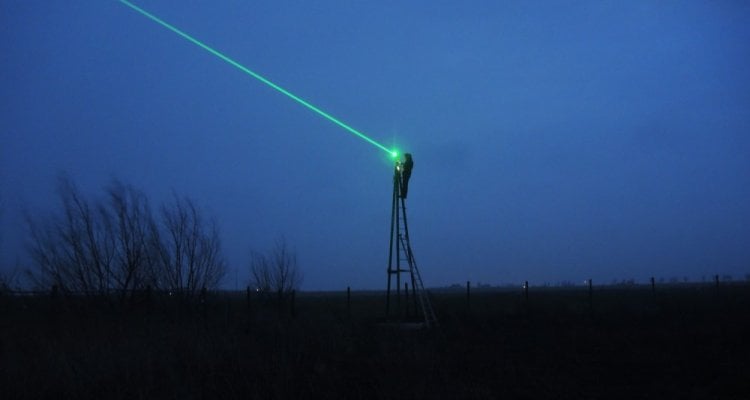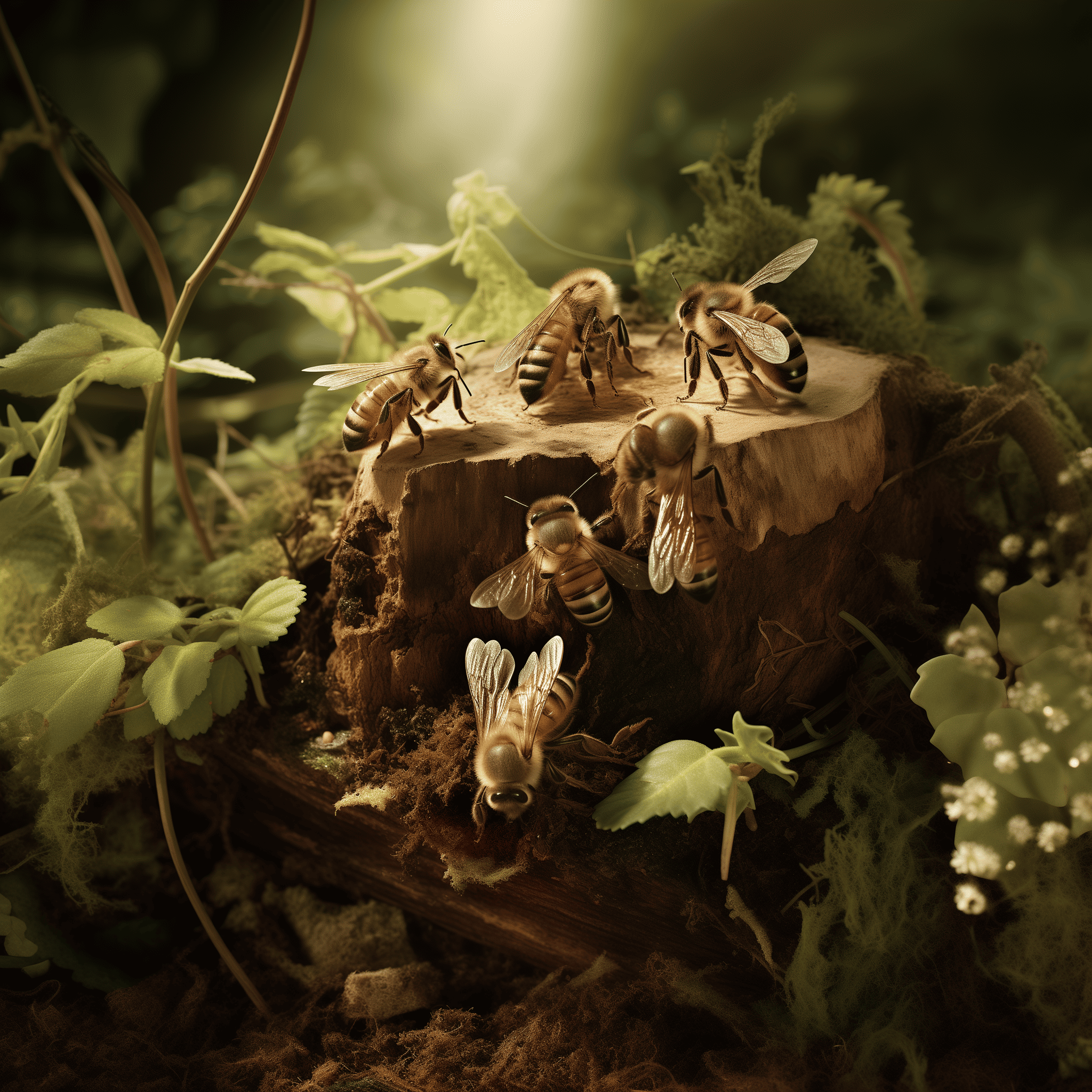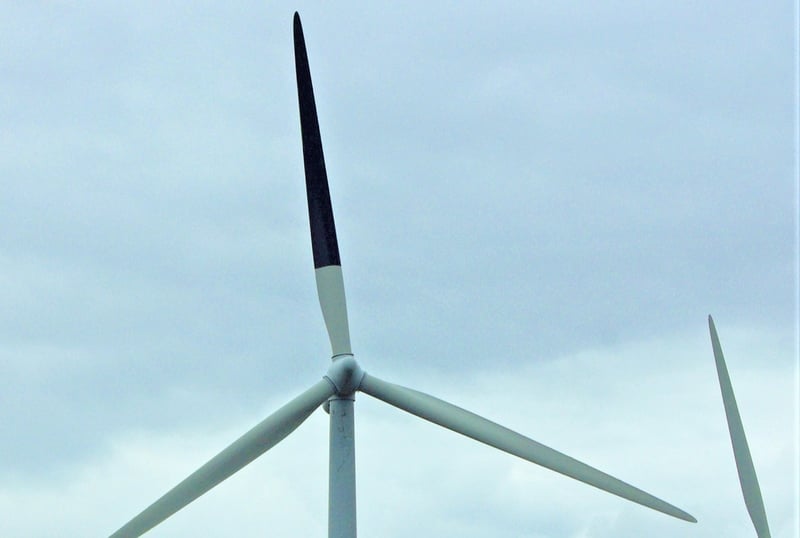
An outbreak of bird flu is one of every poultry farmer’s worst nightmares. Especially in the European winter months from October through March, farmers often anxiously look outside to see if there are any migratory birds around. The greatest danger comes from wild ducks and geese that can spread the virus through their droppings. That threat has also increased in recent years as many farmers have switched to free range farms for their chickens and turkeys.
This prompted Wageningen Bioveterinary Research center (WBVR, a division of Wageningen University and Research in Lelystad, the Netherlands) to start a test with lasers. Earlier research had already shown that lasers can help deter wild birds from airports and landfills. Why not from poultry farms?
Laser and eight cameras
This relatively simple procedure is proving to be quite effective. To conduct the study, WBVR installed a laser on a 6-foot-high mast in the hens’ laying area on a farm that has had to deal with several bird flu outbreaks during the 2019-2020 winter period.
During the evening and night, when the chickens were inside, just the 1.5-hectare run was lit up by lasers. Between the hours of 10 am and 5 pm, part of the surrounding fields were also lit up. The grounds were monitored with eight cameras. The study used the laser for one month, and deliberately did not use it for one more month.
According to Armin Elbers, who works as an epidemiologist at WBVR and is also the project leader of the study, when the laser was not used between sunset and sunrise, several mallard ducks visited the run on all but one of the days studied.

“They look for food on the run and swim in the puddles of water that form during the winter period due to the abundant rainfall. While swimming in the puddles, the ducks may defecate. During the day, the chickens in the outdoor area drink the same water, as we saw in the video camera images.”
Not a bird in sight
Visits by wild ducks to the outdoor run were almost completely prevented (99.7%) when the laser was used. In addition, visits by other wild birds to the run between sunrise and 10 am dropped very sharply (> 96%) thanks to the the laser.
Elbers: “When the laser was being used in the surrounding pastures, the pastures were ‘swept clean’ during the day, and geese were no longer present in the laser-beamed area. The poultry farmer indicated that grazing damage caused by the presence of geese was negligible when the laser was used.”
Dutch legislation and permits
Given these results, Elbers expects lasers to be used much more often on poultry farms in the future. However, they will then need a permit from the province. This is stipulated in the Dutch Nature Conservancy Act.
Steinar Henskes, founder of the Bird Control Group (the manufacturer of the laser used in the trial), is obviously hoping that this will not create any hurdles for his product. “This research provides interesting insights for new uses of our AVIX Autonomic laser systems. I advise poultry farmers that are interested in using the lasers to consult the Bij12 Prevention Kits. BIJ12 is the implementing body for prevention of wildlife damage on behalf of the provinces.”
The research carried out by Elbers and WBVR is part of the 1Health4Food project Fight Flu. In addition to Wageningen University, the poultry industry, the Dutch Ministry of Agriculture, Nature and Food Quality (LNV) and the Dutch Society for the Protection of Animals are also involved.
You can find other articles on agriculture and nature conservation here.








